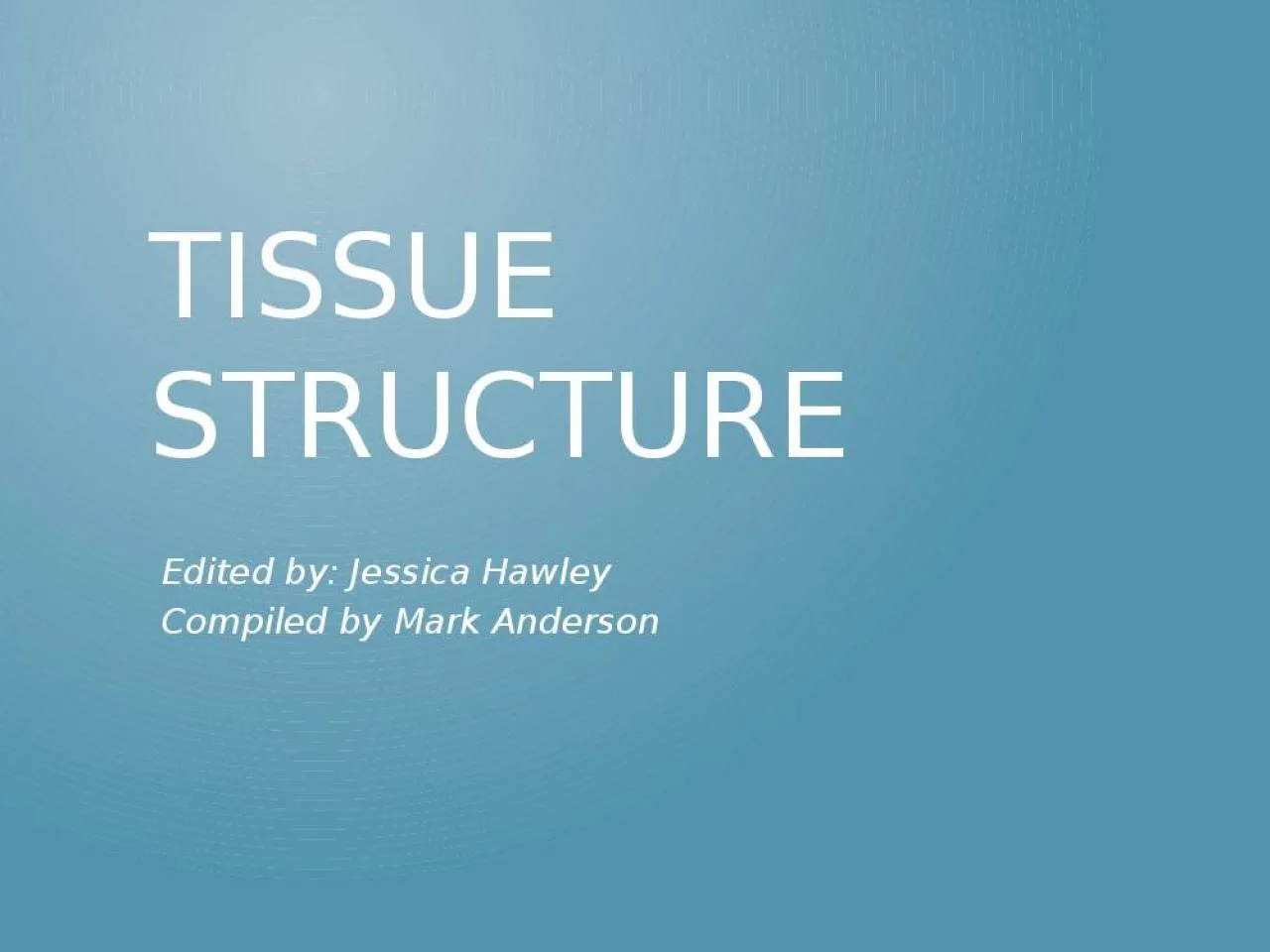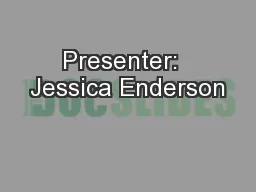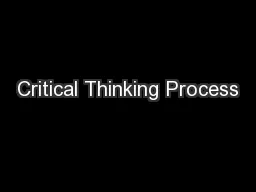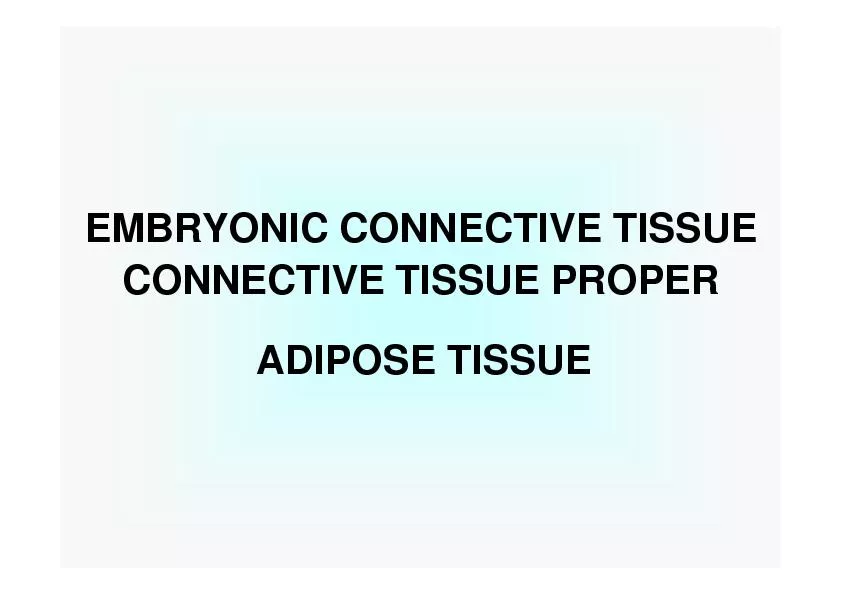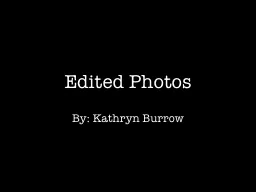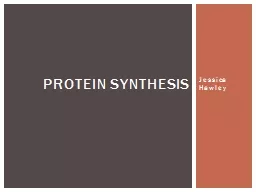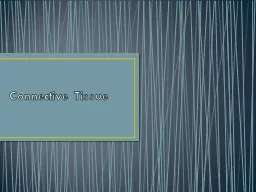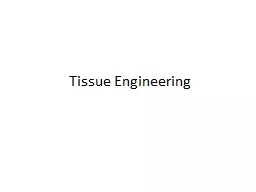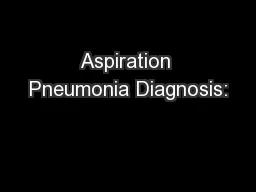PPT-Tissue Structure Edited by: Jessica Hawley
Author : roxanne | Published Date : 2022-05-18
Compiled by Mark Anderson Classify different tissues by their shape and number Know the four different types of tissues Compare and contrast different functions
Presentation Embed Code
Download Presentation
Download Presentation The PPT/PDF document "Tissue Structure Edited by: Jessica Hawl..." is the property of its rightful owner. Permission is granted to download and print the materials on this website for personal, non-commercial use only, and to display it on your personal computer provided you do not modify the materials and that you retain all copyright notices contained in the materials. By downloading content from our website, you accept the terms of this agreement.
Tissue Structure Edited by: Jessica Hawley: Transcript
Download Rules Of Document
"Tissue Structure Edited by: Jessica Hawley"The content belongs to its owner. You may download and print it for personal use, without modification, and keep all copyright notices. By downloading, you agree to these terms.
Related Documents

